March 28, 2023
11:03 PM
By OrgChart Team

In a post published during the pandemic,[1] global consulting firm McKinsey & Company revealed that while 70 percent of executives cited “people analytics” as a top priority, [2] very few organizations were actually doing more than basic reporting. The root cause was a “crowded and fragmented landscape of HR technology” that prevented global leaders from connecting data analytics to routine HR processes consistently and using predictive scenario planning effectively.[3]
For people analytics to truly benefit multinational organizations, however, having the correct organizational design and global org chart is key. A core function of HR, organizational design “comprises the processes that people follow, the management of individual performance, the recruitment of talent, and the development of employees’ skills,” said McKinsey & Company. When organizational design “matches a company’s strategic intentions, everyone will be primed to execute and deliver them.” [5]
For many smaller organizations, the pandemic marked the first time HR had to grapple with a dispersed workforce. Of course, leaders of multinational teams were already familiar with the many challenges of social distance, including bringing talent from various functional areas together from across the globe and determining the right organizational structure to support this talent.
Yet the org charts available in most HCM tools usually don’t account for the rise of dynamic teams.
Before we discuss the capabilities OrgChart can bring to your organization when integrated with ADP, it’s important to think about what makes a global team effective. An article in the Harvard Business Review identifies five components of leading a successful global team, known as the SPLIT framework: [7]
Structure. While the advantages of global teams are many, divisions often occur due to perceptions of power. If the leader of the team is geographically close to some of the team, at a corporate headquarters, for example, the perception of power favors those with in-person access to their boss. One positive result of the pandemic: Many organizations are now hybrid, and regular check-ins are often done from remote offices, thus shifting the perception of power from the leader’s home base.
Process. Empathy helps remove the barriers of social distance. Because global teams aren’t able to meet after work or have impromptu conversations in the hall, leaders need to prioritize informal interactions online, allowing for unstructured time for teams to openly discuss their lives outside of work. This “small talk” is anything but — it ultimately builds trust.
Language. Because most international business meetings are held in English, those who are fluent can exert actual or perceived influence on team decisions. Global leaders can mitigate these imbalances by educating the native speakers on the team to dial down the slang and idioms used and checking in regularly to make sure everyone is being understood.
Identity. When global teams don’t have an understanding of the different cultures, practices, and business norms of their members, misinterpretation of behaviors often follows. Leaders need to ensure team members understand cultural similarities and differences to bridge the distance gap.
Technology. According to the Harvard Business Review article, “when choosing between videoconferencing, e-mail, and other modes of communication, leaders should ask themselves if real-time conversation is desirable, if their message needs reinforcement, and if they are opting for the technology they want others to use.” Furthermore, immediacy and availability is key to team cohesion — this might mean that leadership is available during the global team’s hours.
Creating a global org chart with the SPLIT framework in mind doesn’t have to be a complex and time-consuming process. Here are some of the ways
This can help team members orient themselves within a project by including their job titles and responsibilities alongside those of their colleagues, reinforcing the importance of interconnectivity between team members despite their dispersed geographies.
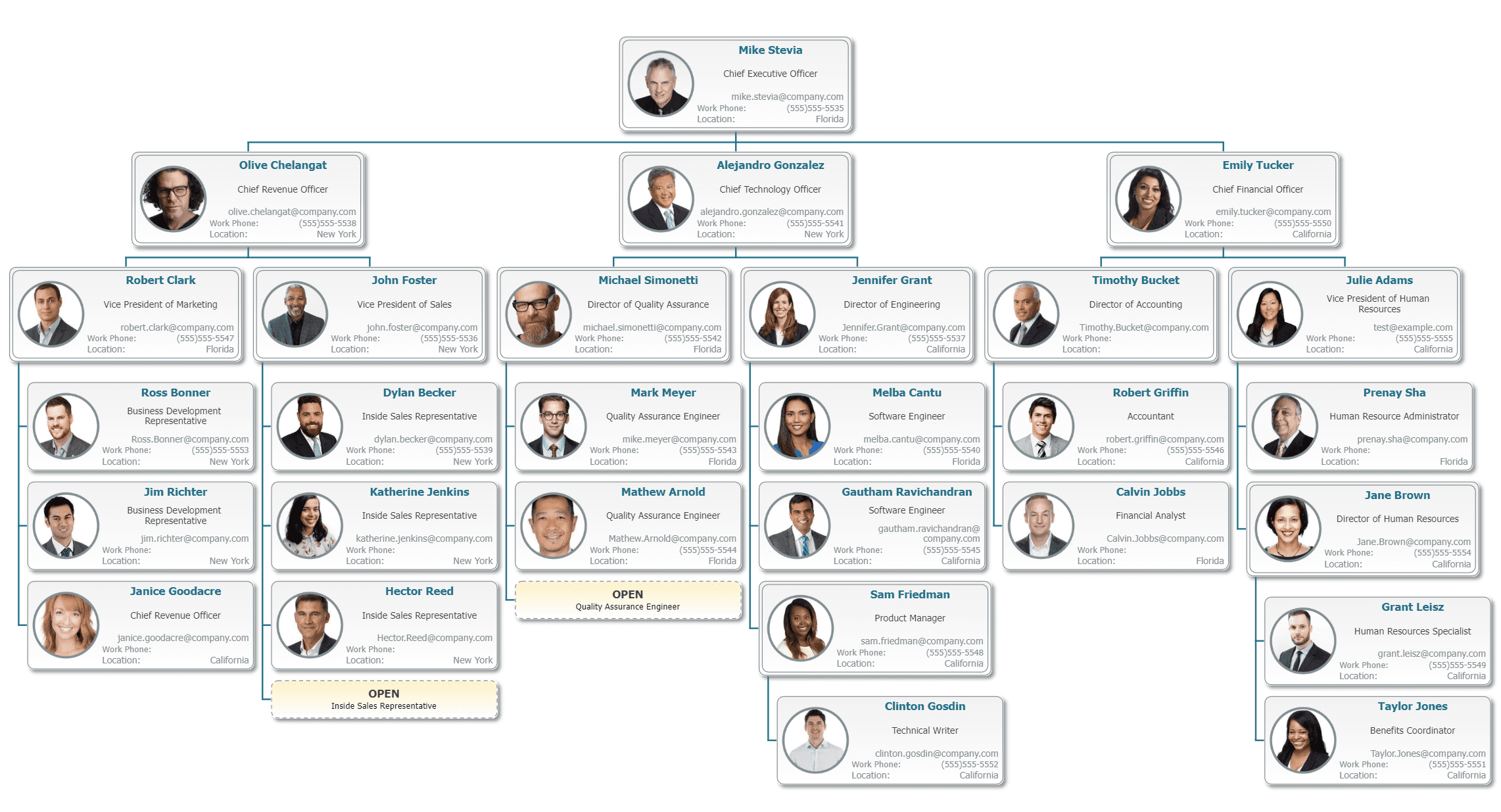
Conditional formatting makes it possible to show both the software and charts in a user’s preferred language — a great option for global and remote teams.
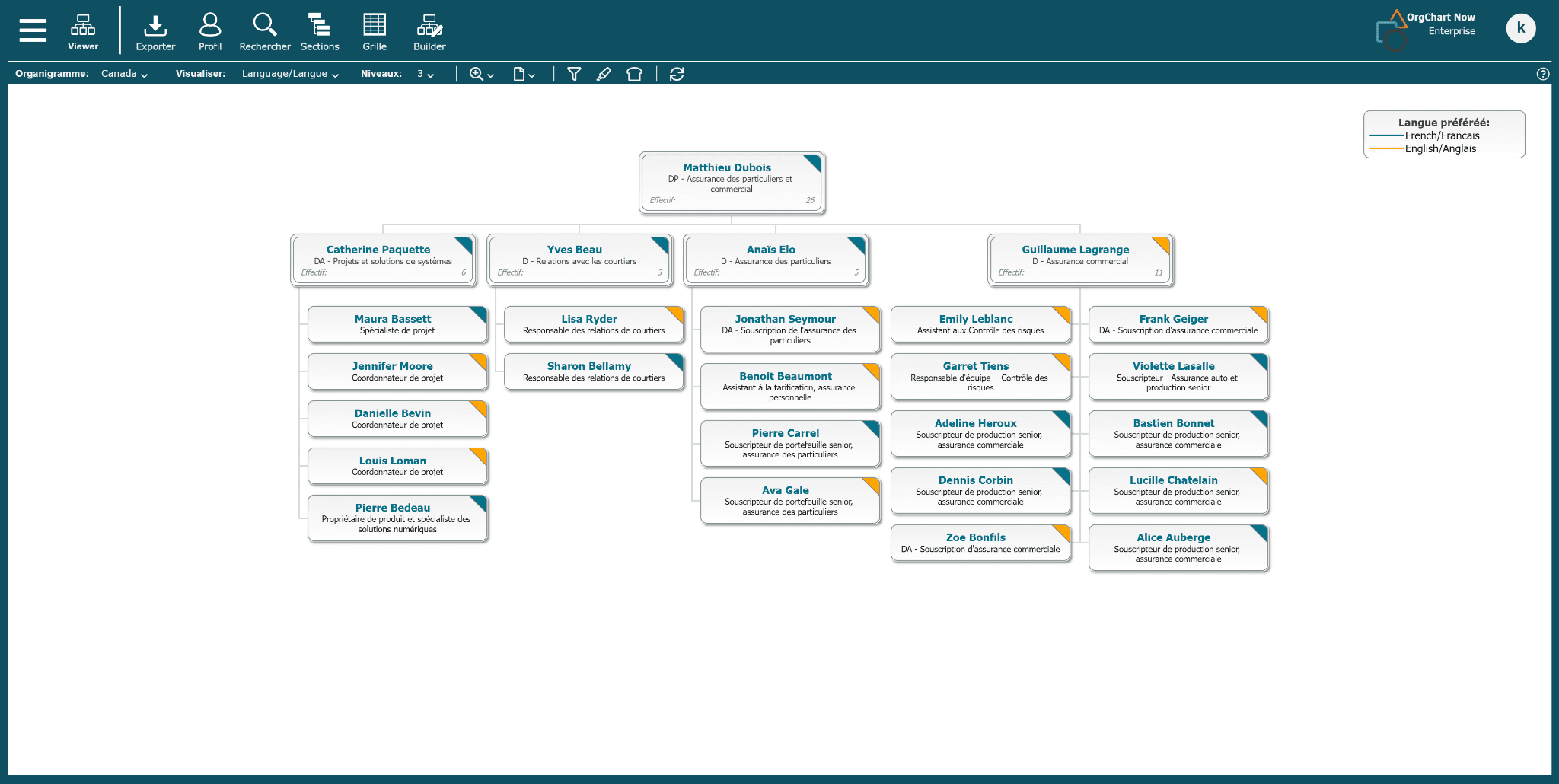
Members of global teams can contribute effectively to workforce planning charts with easy-to-use features and configured picklists that ensure data consistency.
Drag and drop functionality allows scenario changes in the organizational structure to be modeled in real-time over video conference. If live meetings aren’t possible team members can contribute their ideas by leaving comments and making changes that are both time-stamped and identified to minimize confusion during the planning process.
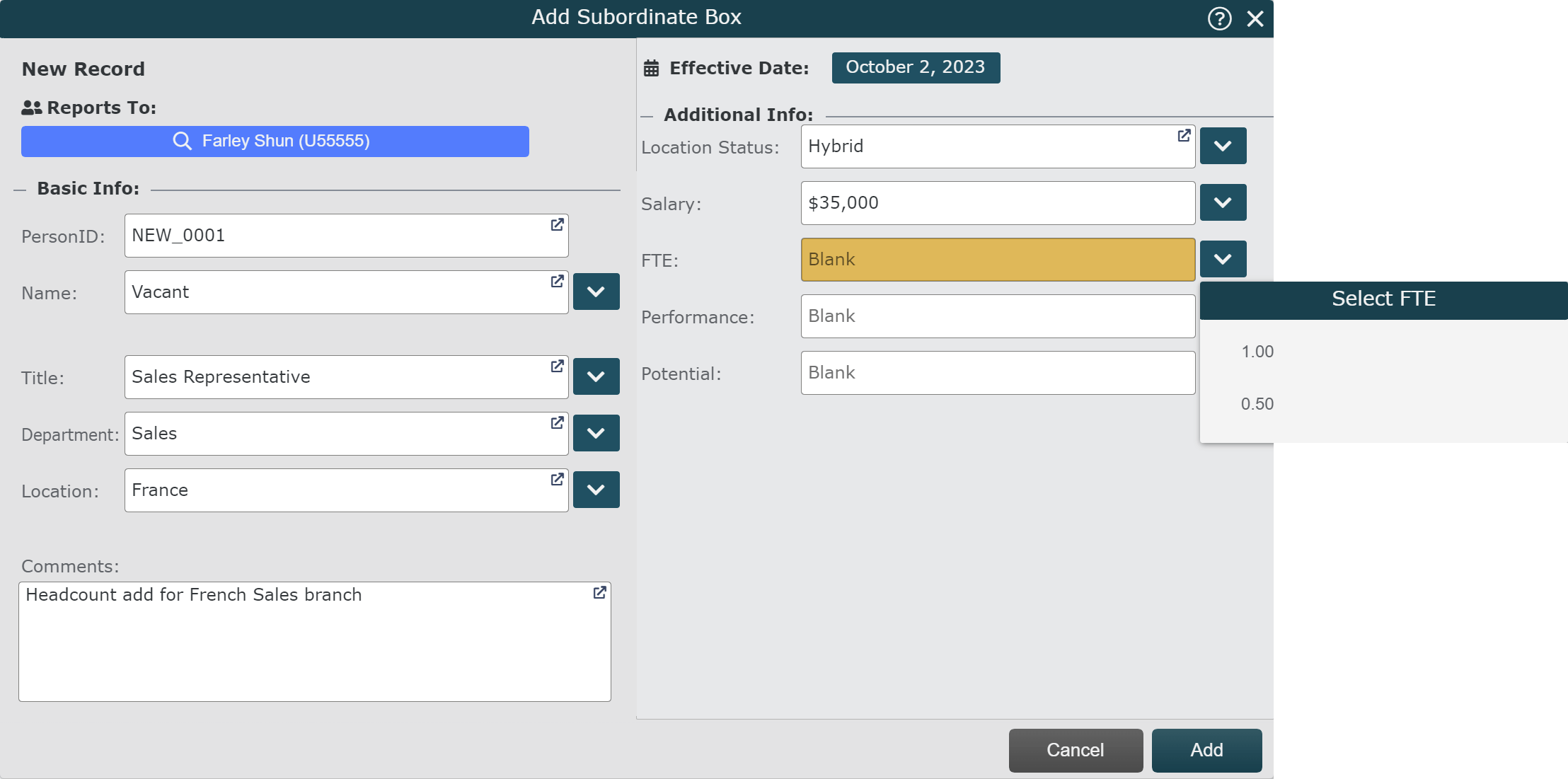
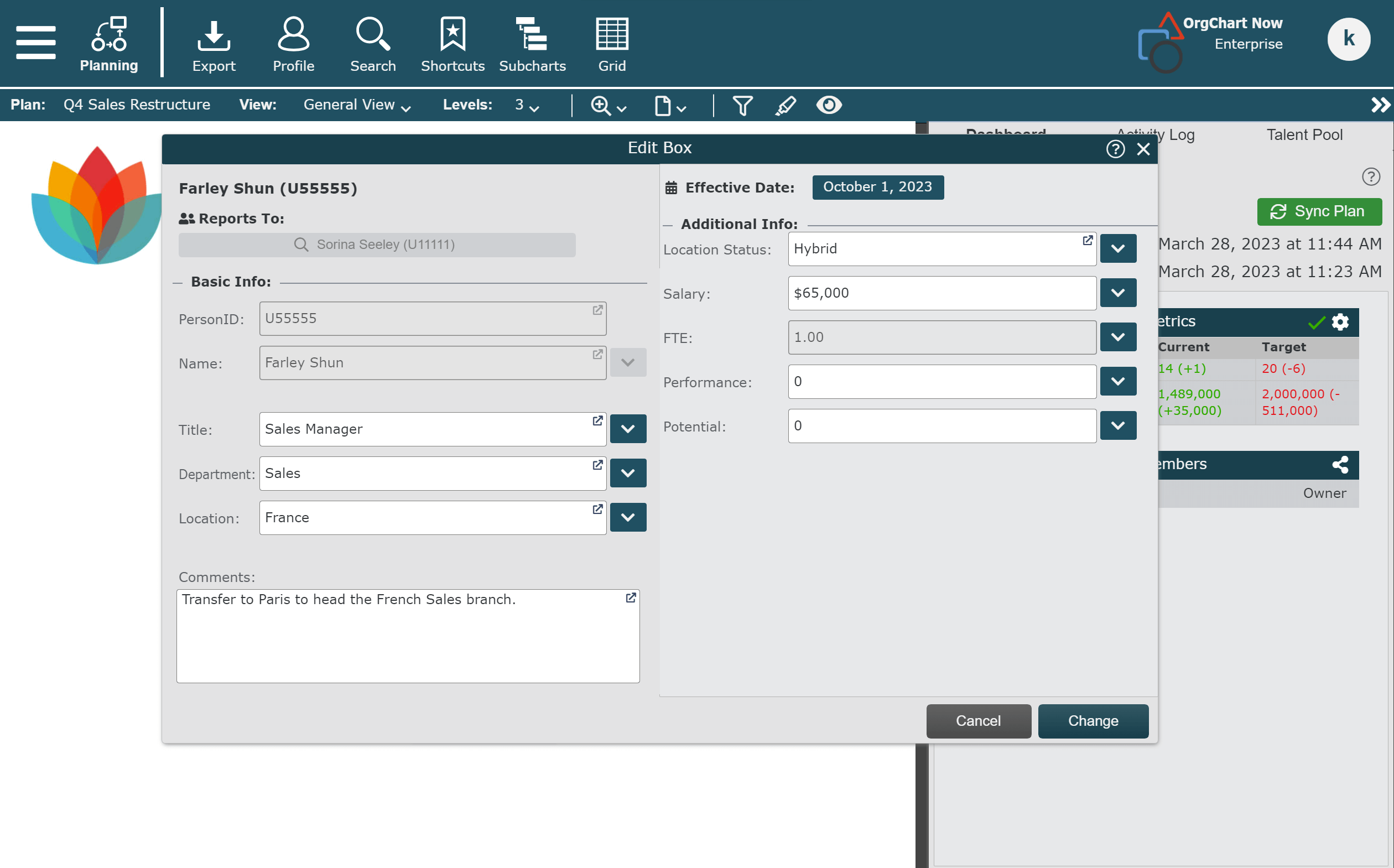
OrgChart is a flexible, cloud-based software solution that securely connects with your core ADP platform to automatically generate dynamic organizational charts. Leveraging your ADP data, OrgChart provides a seamless, real-time view of your organization today — and helps you envision what it could be tomorrow.
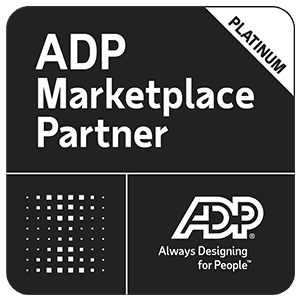
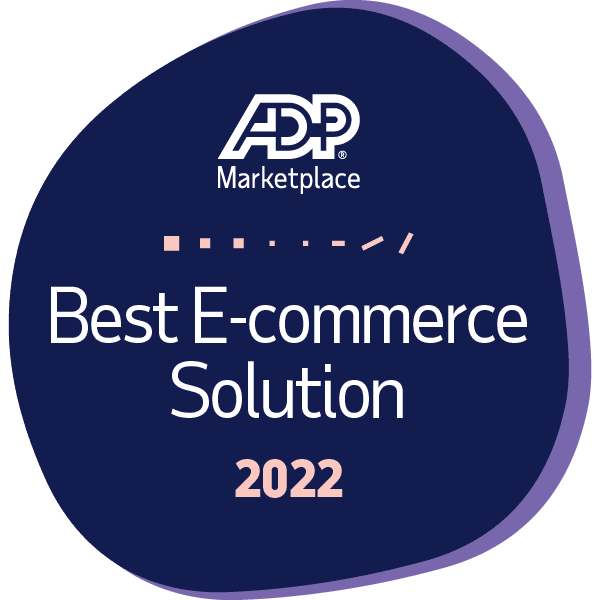
OrgChart is No. 1 in support. Our knowledgeable experts love to help businesses solve their HR challenges and help guide them to the right solution.
– Andy T. (Enterprise, > 1000 employees)
– Verified User (Enterprise, > 1000 employees)
– Verified User (Mid-Market, 51-1000 employees)
Arrange a 30-minute personalized tour of our OrgChart solution.
Experience the power of our solutions at your convenience. Sign-up in the ADP Marketplace.
Secure guidance toward the right solution for your organization.
OrgChart and ADP are your partners in workforce planning. For more than 10 years, Fortune 500 companies such as Google, IBM, and Salesforce have reaped the benefits of our technology.
We’re here to simplify and streamline HR processes, so you can focus on core business strategies, no matter what the future holds.